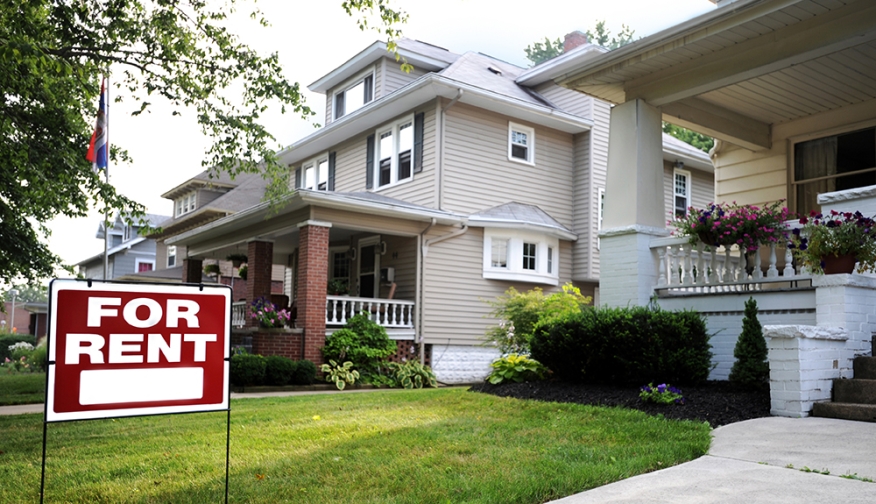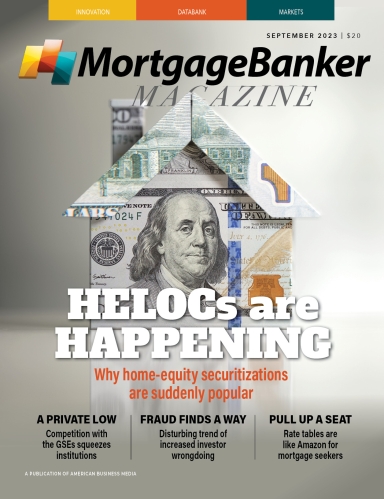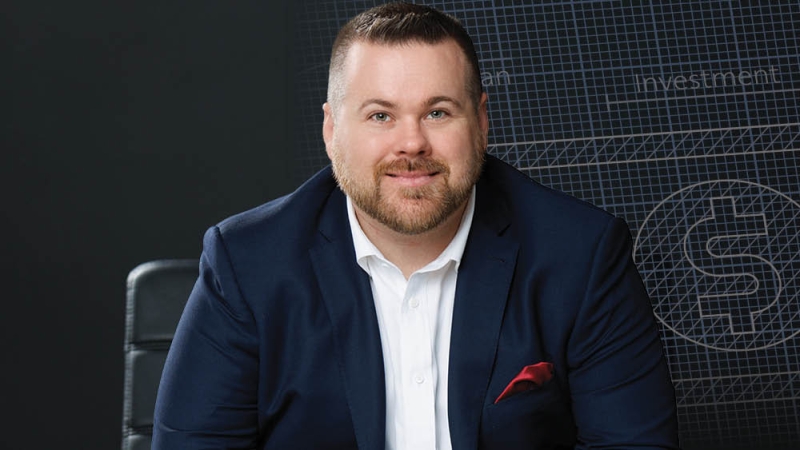Between Birmingham’s peak investor share to the most recent measure in May 2023, investor participation has dropped roughly 15%, while the investor share in Memphis declined by 12%. Investors who got in on the ground floor, so to speak, were able to capitalize on the increase in demand from pandemic migration patterns that favored suburban re-settlement. Since then, however, higher interest rates and inflation in property maintenance expenses, combined with higher home prices, have likely compressed profit margins and limited the upside available to investors in several of these markets.
Boom–No Bust
Attractive home prices and increased housing demand helped drive the boom in investor share in half of all Midwestern markets analyzed. In fact, some of the largest increases in investor activity during the pandemic occurred in smaller Midwestern locales. As people sought out more affordable accommodations during the pandemic, the shift in housing demand to the Midwest drew investors to the SFR market.
Investor participation rates have remained within 3% of peak in markets like Indianapolis and St. Louis as steep costs of living in many coastal markets have pushed investors towards the up-and-coming Midwestern rental market. Compared to peak, investor activity increased in Indianapolis and Kansas City, Missouri, but has not yet undergone a bust.












